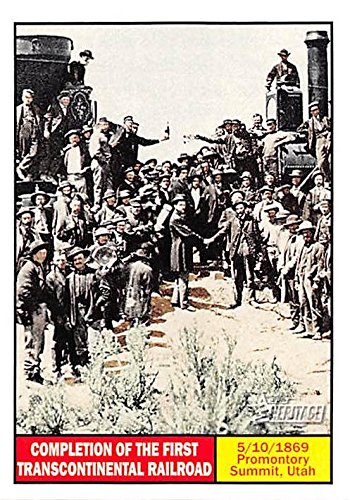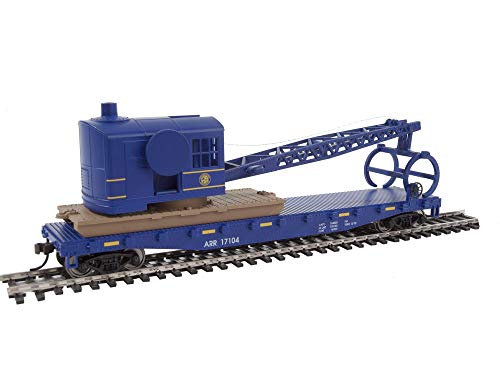Good points!
One place that used both names at different times was Denver Union Station. It was originally built and owned by The Denver Union Terminal Railway Company (jointly owned by the UP, D&RGW, CB&Q, C&S, and AT&SF). I believe the CRI&P was a “tenant”.
I have seen references to it as both Union Station (DUS), and Union Terminal (DUT).
Yes, the "Crip", as I sometimes refer to it from laziness, had been a well-known tenant of DUS. Most older locals recall the "Rocky Mountain Rocket", the Rock Island's (CRI&P) long-distance run from La Salle St. Station (Chicago) to Denver and to Colorado Springs (with the train splitting and combining at Limon, CO). It was canceled in 1966, as it just couldn't compete with the faster times of the Union Pacific and the Burlington (CB&Q) runs.
It still remains interesting in my mind that a few select passenger stations either were or still are referred to in name as "Union Depot" ("-UD", the full names of which were abbreviated as such ─ "SPUD" (St. Paul) and FSUD (Fort Street [Detroit; razed 1972]). Locals (and perhaps regionals) usually have referred to restored Beaux-Arts-Classical Joliet Union Station (its official name and now a mixed-use "civic" structure) as "JUD" or simply "Union Depot". The now-closed nearby "UD" interlocking tower (in the northeast quadrant of the interlocking crossing), always has been referred to as UD Tower (Union Depot Tower), and remains today as a museum, part of the Joliet Gateway Center. The term "UD Tower" continues to be a railroad control point.
As far as a new passenger facility in Atlanta is concerned, the current status of downtown Atlanta's former passenger-rail complex was predictable as far back as 1969, with the USDOT “RAILPAX” proposal of 1969, which in turn eventually led to the enactment of the Rail Passenger Service Act in October 1970, a.k.a. the creation of Amtrak. With the railroads itching to unload their passenger runs, the larger cities were hovering like vultures over urban real properties, in anticipation of wholesale passenger-run discontinuances. Modern-day mergers, particularly that of the Penn Central, but notwithstanding those of CSXT and the NS, have resulted in the removal of nearly all infrastructure needed for accessing these larger urban passenger facilities. With the mindset of those in power and with then-fledgling Amtrak having been on a shoe-string budget, all odds had been almost overwhelmingly turned in favor of forgoing the use of larger and older facilities, particularly at that point in time (1970-'71).
That said, it might have been possible if not probable that at least one of Atlanta's downtown stations could have remained in use today, had not previous Chicago-to-Jacksonville service via Nashville and Chattanooga (the "Dixie Flyer") been canceled in 1965 ─ discontinued north of Atlanta, and altogether in 1969. Had that service remained intact through April 1971 and had it been a candidate for retention by Amtrak, then very possibly (discounting an Amshack replacement facility), Atlanta Terminal Station might have remained for use. That could have accommodated service to Jacksonville via the former Central of Georgia (Southern Ry.) to Macon and Albany, and via the SCL to and Waycross and beyond. As with any other large station, Terminal Station would have needed a serious make-over by 1971, and the Southern Ry. chose to simply close it in 1970, in favor of the current Peachtree Station, locally often referred to as the Brookwood Station. That Southern had opted to close Terminal Station when it did signaled that the die already was cast for its eventual fate.
So, the massive loss of real properties to redevelopment has cramped the number of alternatives for an Atlanta hub, that is, without some serious political will of stakeholders working in concert.














